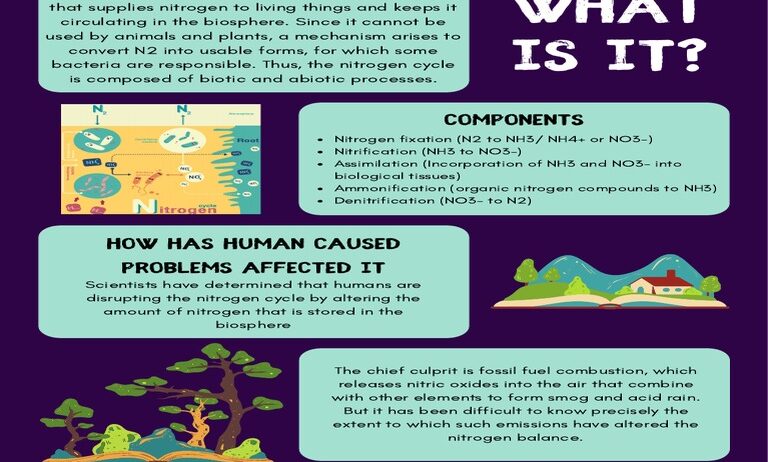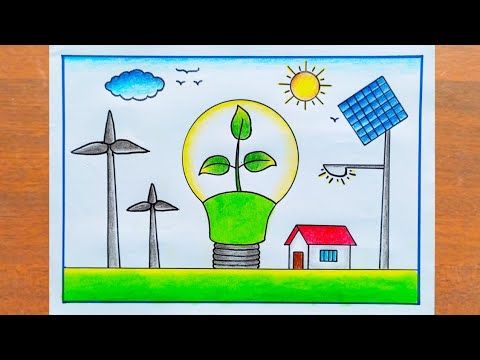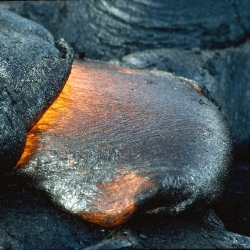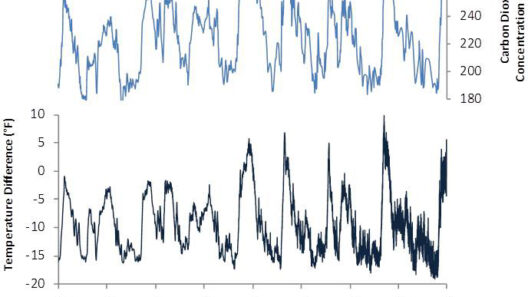The nitrogen cycle, often likened to a complex symphony, orchestrates the intricate relationship between nitrogen in the atmosphere, soil, and living organisms. This cycle is vital for life, yet its disruption has domino effects that resonate throughout ecosystems and ultimately contribute to global warming. To comprehend how these seemingly disparate elements interlink, one must delve deeply into the nuances of the nitrogen cycle and its implications on climate change.
Nitrogen, the most abundant gas in Earth’s atmosphere, is primarily inert and unavailable for direct use by most organisms. This unyielding character is akin to an untamed wilderness—rich in potential but inaccessible without intervention. In nature, the nitrogen cycle transforms this inert nitrogen into a biologically usable form through processes such as nitrogen fixation. Microorganisms, particularly certain bacteria, act as catalysts, converting atmospheric nitrogen into ammonia, which can then be assimilated by plants, the primary producers in terrestrial ecosystems.
However, the symphony of the nitrogen cycle has been thrown out of tune due to anthropogenic activities. Industrial agriculture, with its reliance on synthetic fertilizers, has amplified the input of nitrogen into ecosystems at unprecedented rates. This has created a robust crescendo of nutrients in the environment, but it also leads to severe repercussions. An overabundance of nitrogen compounds can result in algal blooms, where aquatic environments become suffocated, leading to hypoxia. This phenomenon creates dead zones in oceans and lakes, where oxygen levels plummet, causing aquatic life to perish—a dissonance echoed in the broader climatic arena.
Moreover, the excess nitrogen in the atmosphere manifests as nitrous oxide (N2O), a potent greenhouse gas. Although it exists in smaller quantities than carbon dioxide, its global warming potential is colossal—estimated to be 298 times more effective at trapping heat in the atmosphere than carbon dioxide over a century. The link between the nitrogen cycle and global warming becomes glaringly evident here. Each time nitrogen compounds escape into the atmosphere, they exacerbate the warming of our planet, creating an insidious loop that is difficult to break.
The ramifications of this cycle are far-reaching, affecting not just climatic conditions but also biodiversity. As communities of organisms adapt—or fail to adapt—to the changing nutrient dynamics, entire ecosystems may shift or collapse. The once-bountiful savannahs may become deserts, and the rich biodiversity of rainforests may decline, as species that rely on specific nitrogen ratios face extinction. This is a sorrowful overture that illustrates how the cascading effects of a disrupted nitrogen cycle can tip the scales towards ecological disarray.
One must also consider how this cycle interacts with other biogeochemical cycles, such as those of carbon and phosphorus. The interconnectedness of these cycles is profound, akin to the threads of a grand tapestry. Disruption in one cycle, particularly through excessive nitrogen input, can lead to imbalances in carbon sequestration. Forests, which function as carbon sinks, may become saturated with nitrogen, leading to altered growth patterns and potentially reducing their ability to sequester carbon. The persistent tread of this imbalance results in higher atmospheric carbon levels, compounding the challenge of global warming.
In addition to its atmospheric ramifications, urbanization and land-use changes contribute significantly to nitrogen pollution, underscoring the complexities of the nitrogen cycle in the context of climate change. The clearing of forests for agriculture or urban development not only releases stored carbon but also disrupts the natural nitrogen cycling processes. This change in land use often leads to increased runoff of nitrogen into surrounding water systems, further promoting algal blooms and hypoxia, and intensifying the cycle of warming.
To mitigate these effects, a multifaceted approach is paramount. Embracing sustainable agricultural practices, such as precision farming, can significantly reduce the wasteful application of nitrogen fertilizers. Enhancing nitrogen use efficiency in crops minimizes runoff into aquatic environments, while also alleviating greenhouse gas emissions linked to excessive nitrogen inputs. Moreover, restoring natural ecosystems can provide a buffer against these changes, allowing for more effective nitrogen cycling and the sequestering of carbon.
Public awareness and education also play crucial roles in recalibrating the nitrogen symphony. Individuals wielding knowledge can become potent agents of change, advocating for policies that emphasize sustainability. Community initiatives, such as local farming co-ops or reforestation projects, can foster a sense of stewardship, engendering a collective responsibility towards the delicate balance of the nitrogen cycle.
In conclusion, the interplay between the nitrogen cycle and global warming is a poignant reminder of the fragility and interconnectedness of our planetary systems. Ignoring the disruptions to this cycle not only jeopardizes biodiversity but accelerates the ominous march of climate change. By comprehending this relationship and taking decisive action, it is possible to restore harmony to this vital cycle, ensuring a more sustainable and resilient future for our planet.







